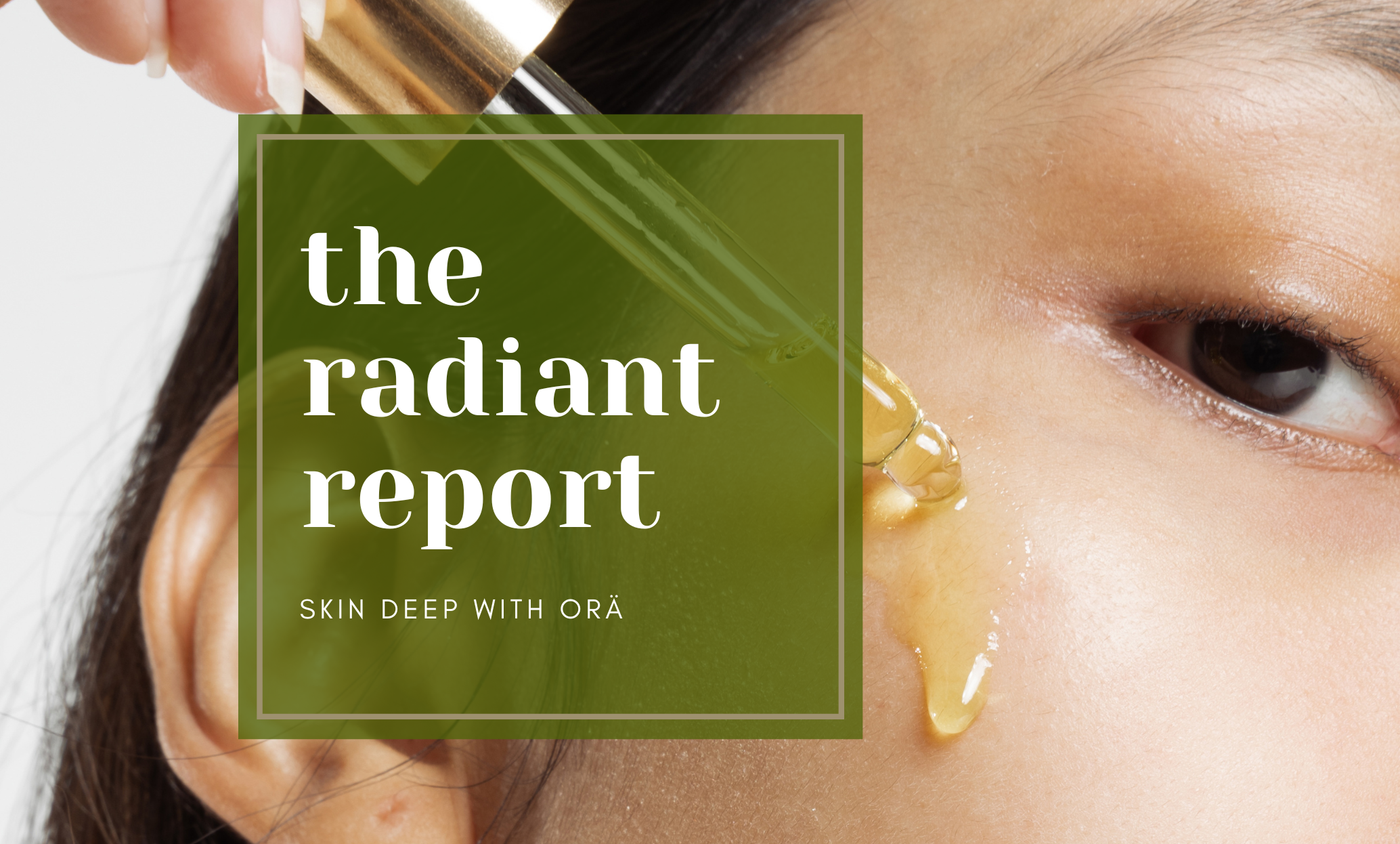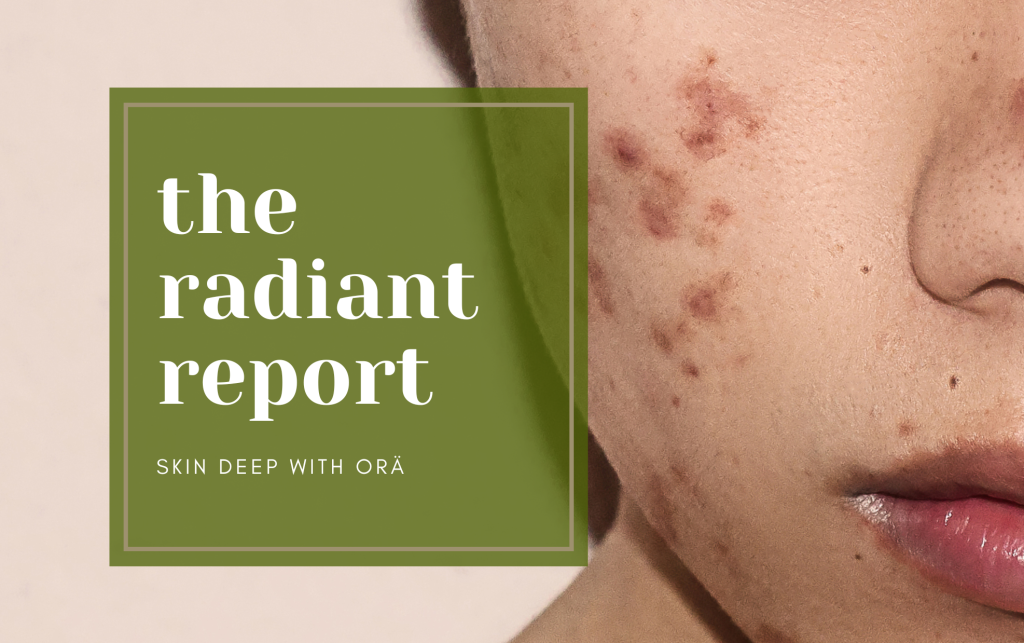Navigating Your Skincare Choices
Today, we’re diving into the world of reactive oils in skincare. These oils can be skincare superheroes for some, but they might also turn into villains for others, especially if you're not careful. So, let’s break it down, discuss what they are, the common culprits you should watch out for, and how to choose the right ones for your beautiful skin!
What Are Reactive Oils?
Reactive oils are those that can provoke different responses in your skin depending on your skin type, the other products in your routine, and even external factors like climate. Understanding these oils can help you avoid potential irritations or breakouts.
Common Reactive Oils in Mainstream Products
Here’s a look at some popular reactive oils—both natural and synthetic—often found in skincare, along with their comedogenic scores (rated from 0 to 5, where 0 is non-comedogenic and 5 can clog pores):
-
Coconut Oil
- Comedogenic Score: 4
- Best To Use: For dry skin or as a moisturizer for body care, but patch test if you're acne-prone.
- Notes: While it’s touted for its moisturizing benefits, it can clog pores for some.
-
Tea Tree Oil
- Comedogenic Score: 3
- Best To Use: Spot treatment for acne, but use sparingly on sensitive skin.
- Notes: Potent antimicrobial properties can lead to irritation if overused.
-
Lavender Oil
- Comedogenic Score: 1
- Best To Use: In aromatherapy and calming products, but test for allergies first.
- Notes: Can cause sensitivity or allergic reactions in some individuals.
-
Mineral Oil (Synthetic)
- Comedogenic Score: 2
- Best To Use: In occlusive moisturizers, but avoid if you’re acne-prone.
- Notes: While it’s effective at locking in moisture, it can lead to breakouts for some skin types.
-
Silicone (e.g., Dimethicone)
- Comedogenic Score: 1-2
- Best To Use: In primers and smooth-textured products to create a barrier.
- Notes: Can trap dirt and bacteria under the skin, exacerbating acne for some users.
Natural Reactive Oils for Sensitive or Acne-Prone Skin
-
Castor Oil
- Comedogenic Score: 1
- Best To Use: In small amounts for dry patches or as a treatment, but avoid if prone to breakouts.
- Notes: Heavy for some, leading to clogged pores.
-
Argan Oil
- Comedogenic Score: 0-1
- Best To Use: For hydration in dry skin, but proceed cautiously with acne-prone skin.
- Notes: Generally well-tolerated but can irritate sensitive skin.
-
Grapeseed Oil
- Comedogenic Score: 1
- Best To Use: For oily skin types as it’s lightweight, but be cautious if your skin is reactive.
- Notes: Can cause breakouts in some individuals.
-
Jojoba Oil
- Comedogenic Score: 2
- Best To Use: For most skin types, particularly oily and acne-prone, as it mimics natural sebum.
- Notes: Generally safe but patch test for reactivity.
When to Use Reactive Oils
 Reactive oils can be beneficial when used appropriately:
Reactive oils can be beneficial when used appropriately:
- Moisturizers: Oils like jojoba and argan can nourish without clogging pores.
- Spot Treatments: Tea tree oil works great for localized acne. Our Dissolve Spot Treatment blends jojoba oil and tea tree oil to fight acne, balance sebum, and heal breakouts naturally, without clogging pores.
- Balms and Ointments: Coconut oil can help heal dry skin, but use it judiciously on the face.
Sensitivities Due to Alcohol and Fillers
Many reactive oils can cause sensitivities when mixed with other ingredients. Alcohol and harsh fillers often found in mainstream products can compromise the integrity of oils, leading to increased irritation or breakouts.
Note: The FDA does not require cosmetic companies to disclose all ingredients, which means they can often use small amounts of alcohol as a filler without your knowledge. When selecting products, look for formulations that minimize synthetic fillers and alcohols, focusing on natural and organic ingredients that complement each other.
Common Reactions to Reactive Oils
- ➜Irritation: Redness, burning sensations, or stinging.
- ➜Breakouts: Acne flare-ups due to clogged pores.
- ➜Allergic Reactions: Rashes, swelling, or hives.
- ➜Dryness: Unexpected skin dryness, particularly from heavy oils.
Tips for Navigating Reactive Oils
- Patch Test: Always test a new oil on a small area of skin before full application.
- Know Your Skin Type: Understand whether your skin is dry, oily, or sensitive to select the right oils.
- Start Slowly: Introduce one oil at a time and observe how your skin reacts.
- Avoid Mixing Actives: Be cautious when using potent actives alongside reactive oils to prevent irritation.
- Listen to Your Skin: If a product feels uncomfortable, stop using it immediately!
So there you have it—reactive oils can be beneficial, but they require careful consideration. By knowing the types of oils that work for your skin and how to use them wisely, you can enjoy the natural benefits without the risks.
Now, I want to hear from you! Have you had any experiences with reactive oils? Share your thoughts in the comments below. Let’s glow together! 🌱✨

 Reactive oils can be beneficial when used appropriately:
Reactive oils can be beneficial when used appropriately:
